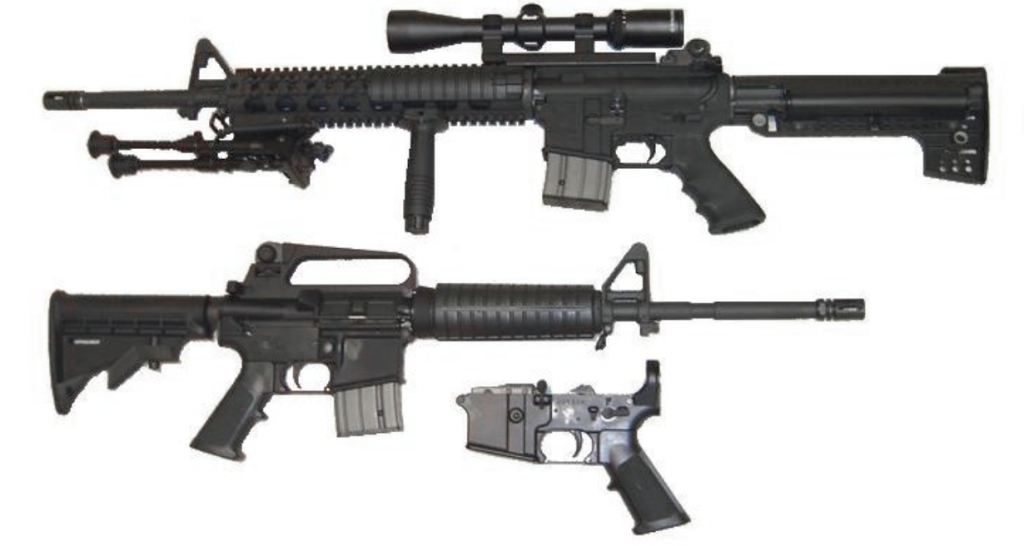
Can three letters truly generate so much confusion? In the AR‑15 case, that response is a definite yes. From dinner‑table arguments to congressional hearings, the rifle has been demonized and glorified much of the time on the strength of arguments that do not pass the smell test.
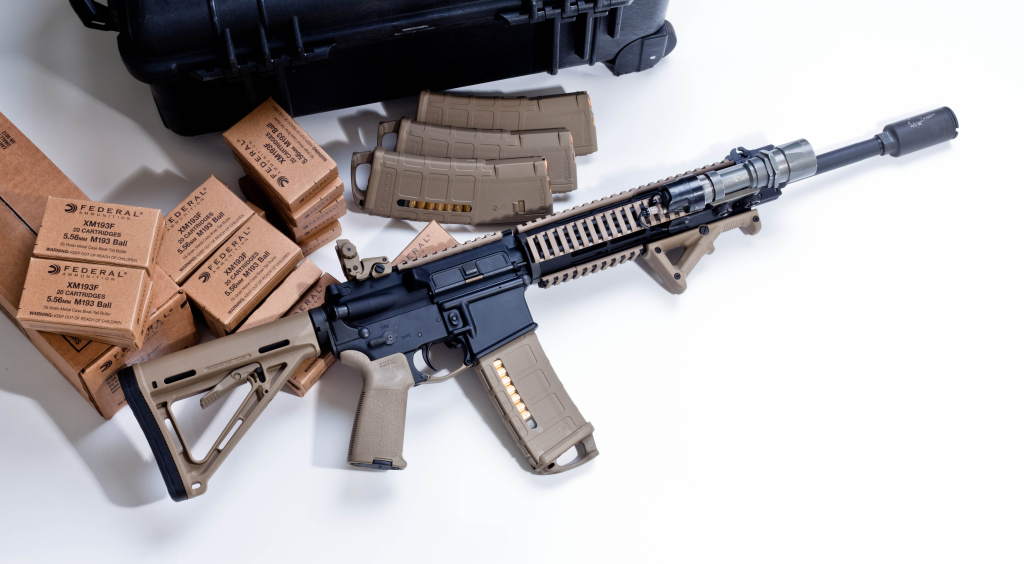
The AR‑15’s place in American culture is undeniable, but so is the swirl of misinformation surrounding it. Misconceptions about its name, capabilities, legality, and uses persist despite decades of technical documentation and real‑world data. For firearm owners, sport shooters, and hunters, separating fact from fiction isn’t just an academic exercise it shapes responsible ownership, policy discussions, and even personal safety decisions.
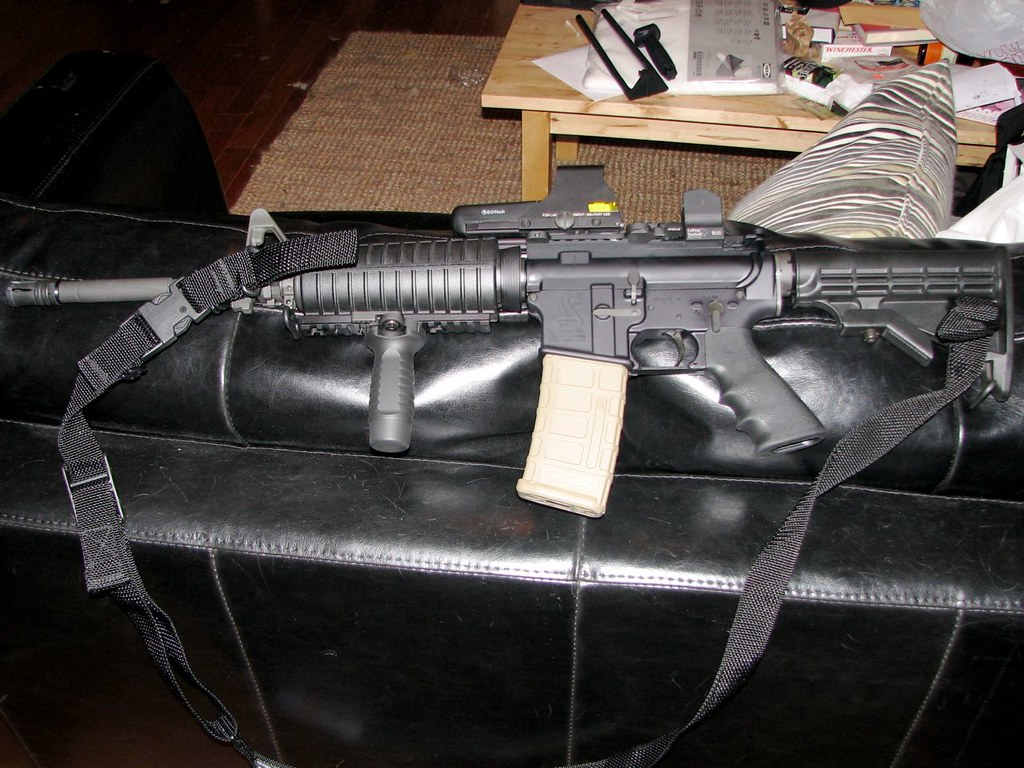
1. “AR” Stands for Assault Rifle
Perhaps the most frequent mistake is believing the “AR” in AR‑15 is short for “assault rifle.” Actually, it refers to “ArmaLite Rifle,” the firm that created the platform in the late 1950s. ArmaLite designers, headed by Eugene Stoner, also developed the AR‑10 before shrinking the design to fit the 5.56×45mm cartridge. The confusion arises partly from the military heritage of the rifle and its physical resemblance to select‑fire guns, but the civilian AR‑15 is a semi‑automatic weapon not an assault rifle in terms of the technical definition employed by NATO and U.S. military standards.
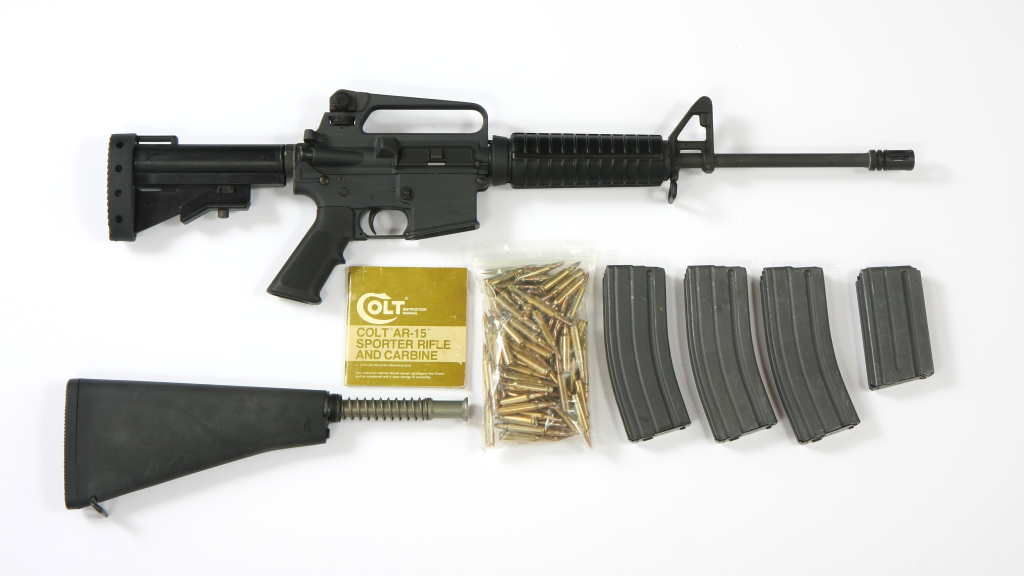
2. Civilian AR‑15s Are Fully Automatic
Mechanically, a civilian AR‑15 discharges one round for each pull of the trigger. Automatic fire wherein the weapon continues to cycle as long as the trigger is held involves the use of an auto sear and other parts not found in civilian AR‑15s. These components are controlled under the National Firearms Act of 1934, and it is illegal for civilians to possess newly manufactured machine guns since 1986. The difference is not superficial; it is inherent in the rifle’s fire-control group and bolt carrier design.

3. The AR‑15 Is Only for Military Use
Whereas its counterpart, the M16, has been used by U.S. armed forces since Vietnam, the AR-15 made its first appearance in the civilian market during the 1960s through Colt. It is now commonly used for target shooting, competition, varmint hunting, and hunting. Its modularity that it can exchange uppers, barrels, and optics renders it versatile for multiple purposes. Civilian rifles do not have the select-fire option of the M16, but they share the sport shooter and hunter-friendly ergonomics and accuracy.
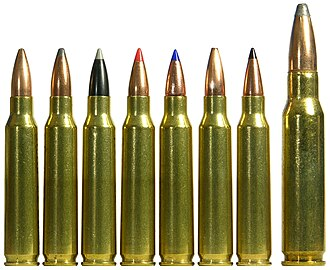
4. Too Powerful for Civilian Hands
The AR‑15 is designed to chamber .223 Remington or 5.56 NATO ammunition, both intermediate cartridges. At the muzzle, they are far less energetic than typical hunting cartridges like .308 Winchester or .30‑06 Springfield. Ballistic charts indicate a 55‑grain .223 round delivering approximately 1,280 foot‑pounds of energy versus more than 2,600 foot‑pounds for a 150‑grain .308. Its popularity is based on controllability and accuracy, not brute force.
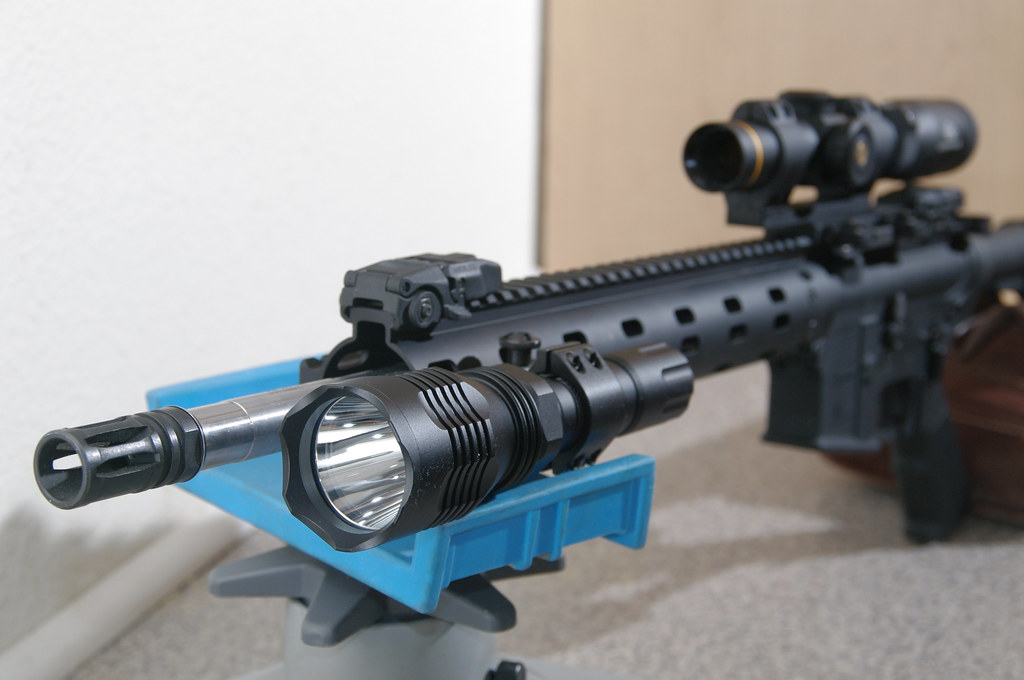
5. Ineffective for Self‑Defense
Critics also contend that the AR‑15 is cumbersome in home defense, but the light recoil, adjustable stocks, and suitability for low‑light optics make the firearm useful in trained hands. Within the confines of rooms, shorter‑barreled models or AR‑15 pistols are easier to handle than traditional long firearms. Law enforcement agencies have used similar carbines for patrol purposes, attributing the accuracy and lesser risk of over‑penetration of these as opposed to some handgun cartridges.

6. Simple to Build Without Talent
The modular nature of the rifle does make maintenance and replacement of parts easy, but building a safe, functional AR‑15 from parts takes appropriate tools, familiarity with torque requirements, and care in maintaining headspace and gas system alignment. Malassembly will result in malfunction or unsafe pressures. Building any firearm always requires attention to manufacturer instructions and, when needed, competent help to provide function and lawfulness.
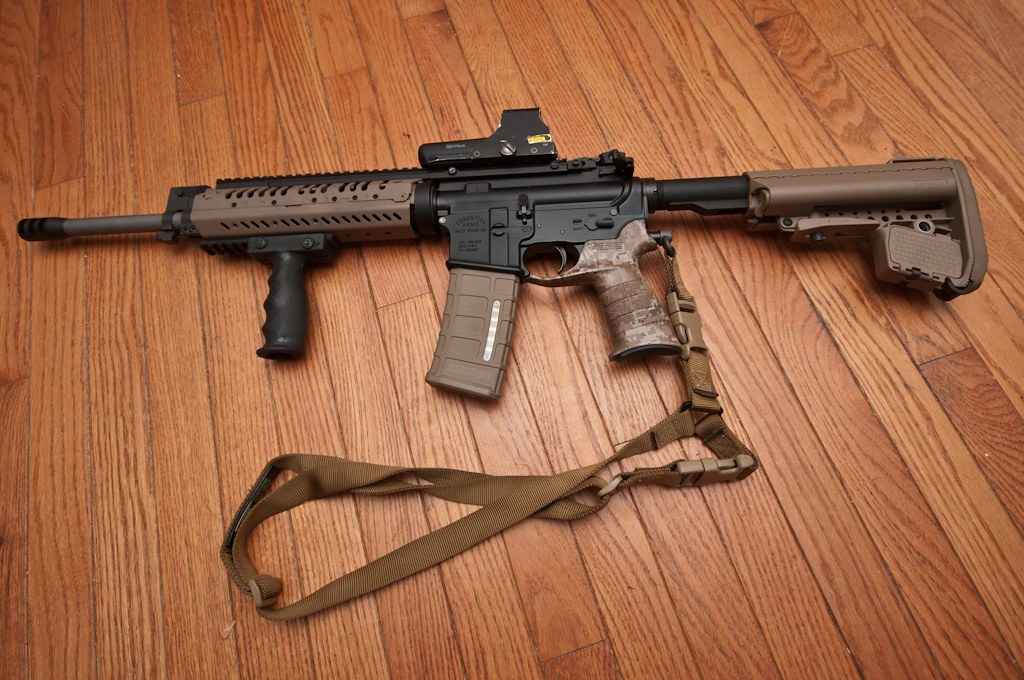
7. Prohibited Everywhere across the U.S.
Federal law does not ban AR‑15 ownership, but state and local regulations differ widely. States like California and New York prohibit features such as pistol grips, adjustable stocks, or flash suppressors, which are usually mandated in so‑called “featureless” configurations. Others limit magazine capacity or require registration. Some states impose no requirements above federal background checks. Eager owners must be aware, however, as bringing an even compliant rifle into one of these restrictive states can invoke legal penalties.

The AR‑15 has been as much mythically defined as fact. Its true mechanics, ballistics, and legal standing are not about support they’re about fact. For the enthusiast of firearms and policymaker alike, intelligent discourse starts with technical reality, not assumption. Precision is all in a debate where precision is all; the details are what matter.


